The differences between a charcuterie board vs cutting board include their materials, functions, and how each serves a role in food preparation and presentation.

One of the best parts about charcuterie boards is how they look. It's not just about piling up food-it's about creating something that's as beautiful as it is tasty. Plus, it's fun to get creative and make the board your own. My friends loved this Chili Charcuterie Board.
Charcuterie boards are also super flexible, which is why people love them. You can throw together a small snack board for a night in with friends or go all out with a larger board for a party. Check out this fun Waffle Charcuterie Board for breakfast.
What is a Cutting Board?
A cutting board is an essential tool in every kitchen. It's a flat surface used for food preparation such as chopping, slicing, and dicing. These boards are designed to handle raw meats, vegetables, and other food items.
There are different types of boards, each with distinct features. Each type of board offers different benefits, with some better suited for food safety and others for durability.

Cutting Board Materials
Cutting boards come in various materials, each suited for different purposes.
Wooden Boards
Wooden boards, particularly end-grain boards made from species of wood like black walnut, acacia wood, and maple, are a popular choice. End-grain boards tend to be self-healing, which means the fibers close up after cutting, making knife marks less visible. They are also great for meat carving boards.
Edge-grain and face-grain wood are also commonly used in rectangular cutting boards and larger boards for meat carving. Wooden cutting boards tend to resist knife marks, and with proper care using mineral oil, they maintain their quality for a long time.

Plastic Cutting Boards
Plastic cutting boards are another kitchen essential, often favored for food safety because they are easy to clean with warm water and mild soap. These boards are ideal for raw meats since they can go into the dishwasher for thorough sanitation, unlike wooden boards. However, plastic boards can show knife marks more easily over time.
Bamboo Boards
Bamboo Boards offer a sustainable option. They are harder than wood boards but require proper care, as they can dry out without regular oiling.
Applying mineral oil to wooden boards helps preserve their surface and prevent cracking. This type of oil is often recommended for butcher blocks and wooden carving boards to ensure longevity.
Cutting Board Size and Shape
Cutting boards come in various sizes and shapes, each serving different purposes. Larger boards, like butcher block or meat carving boards, are designed for heavy-duty tasks like carving roasts or cutting up large quantities of food. Some cutting boards come with juice grooves to catch liquids from meats or juicy vegetables, keeping the counter clean.
Smaller boards are perfect for quick tasks like chopping vegetables. Common shapes include rectangular cutting boards, which offer plenty of cutting surface, and square or round boards for smaller spaces.
What is a Charcuterie Board?
The word charcuterie is a French term that refers to the art of preparing and assembling cured meat. A charcuterie board is a serving platter used to present an assortment of meats, cheeses, fresh fruit, nuts, crackers, and other snacks. These boards are a great way to offer guests a variety of flavors and textures at dinner parties or gatherings.

Charcuterie Board Materials
A charcuterie board serving tray, like cutting boards, can be made from different materials. Wooden charcuterie boards are among the best charcuterie boards, with acacia wood, black walnut, and maple being top choices for their visual appeal and durability.
Live edge charcuterie boards are another beautiful option, featuring natural wood edges that add decorative elements. Bamboo, slate and marble boards are also used for charcuterie. However, wooden boards tend to be more versatile due to their natural beauty and ability to highlight the colors of various meats and cheeses.

Charcuterie Board Size and Shape
Charcuterie boards come in various shapes and sizes. Larger boards are ideal for large gatherings and special occasions, providing plenty of room for a variety of cheeses, meats, and fresh fruit.
Smaller boards or snack boards are perfect for intimate settings. These boards can be found in different shapes, including round, square, and even rectangular cutting boards that double as serving boards.
A charcuterie board round can be great for serving toppings for soup or chili.

Is a Charcuterie Board the Same as a Cutting Board?
The main difference is that cutting boards are meant for food preparation, while charcuterie boards are designed for serving and presentation. Although you could use a cutting board to serve food, a charcuterie board wouldn't hold up well under daily kitchen tasks like chopping or slicing.
What is the Difference Between a Cutting Board and a Charcuterie Board?
A cutting board is primarily designed as a chopping board for food preparation, while a charcuterie board is a serving board used for presentation.
Cutting boards, especially butcher block or end-grain boards, often have a thicker construction to handle the wear and tear of chopping, whereas charcuterie boards focus more on aesthetics, sometimes featuring beautiful engraving or decorative edges. While both types of boards can be made from the same species of wood, their different uses are an important factor to consider.

Can a Cutting Board Be Used as a Charcuterie Board?
Yes, a cutting board can be used as a charcuterie board, especially if it's a larger board made from a beautiful material. A good cheese board is all about how you present the food items, and cutting boards with a flat surface or smooth finish can double as a charcuterie cutting board.
However, it's a good idea to dedicate one board for food preparation and another for serving to maintain food safety, especially when raw meats are involved.
Where to Purchase Charcuterie Boards
Charcuterie boards can be found at many favorite places for kitchenware, including local artisan shops, specialty stores, and online retailers. Look for boards with beautiful engraving, live edges, or even custom designs that reflect your style. Wooden charcuterie boards made from high-quality materials like black walnut or acacia wood are an excellent choice for any special occasion.
When choosing the best charcuterie boards, consider the type of wood, the size, and the board's overall aesthetic. Whether you're hosting dinner parties or a casual get-together, a good charcuterie board board adds both functionality and elegance to your table.
With the proper care, including regular oiling with mineral oil and washing with mild soap and warm water, your charcuterie board will serve you well for years, making it a great idea for any home.



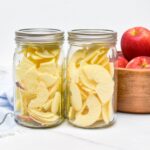
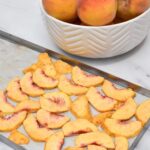











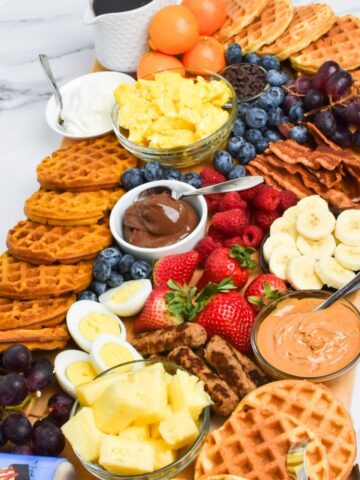
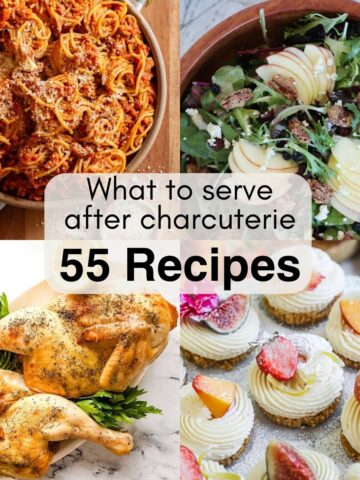
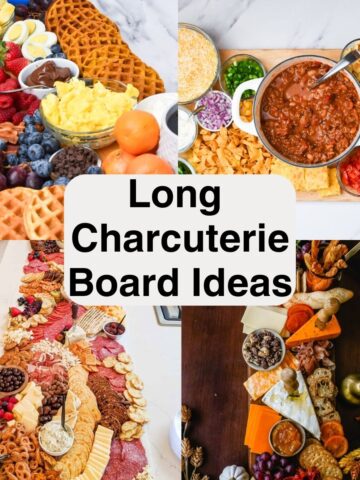
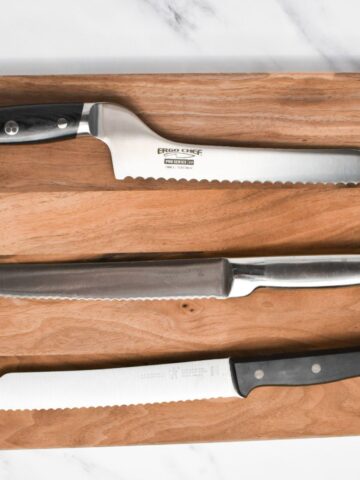



Leave a Comment or Question